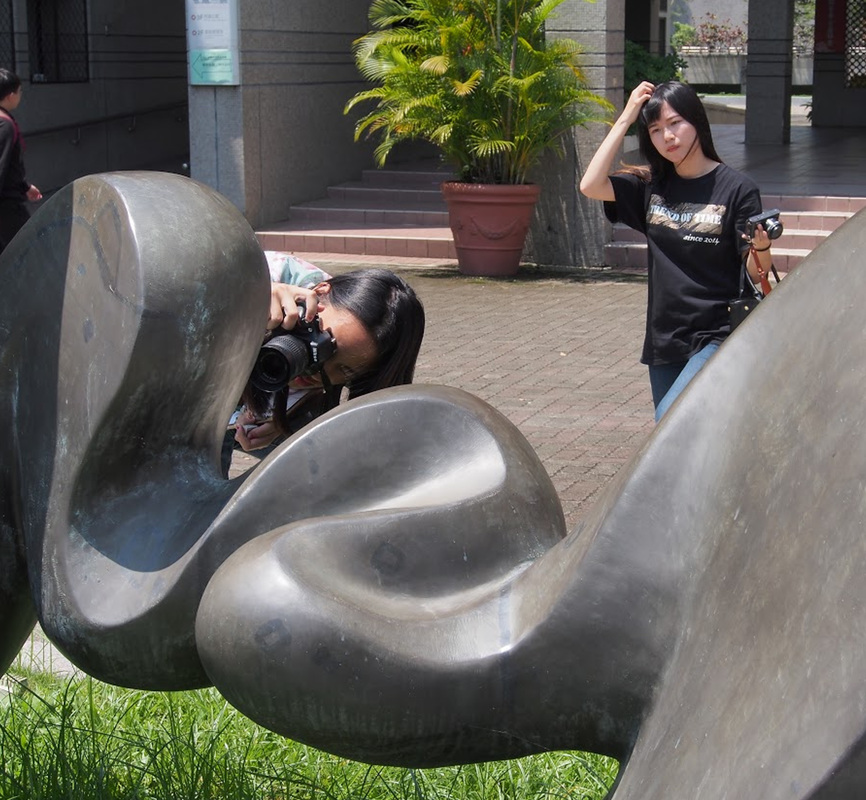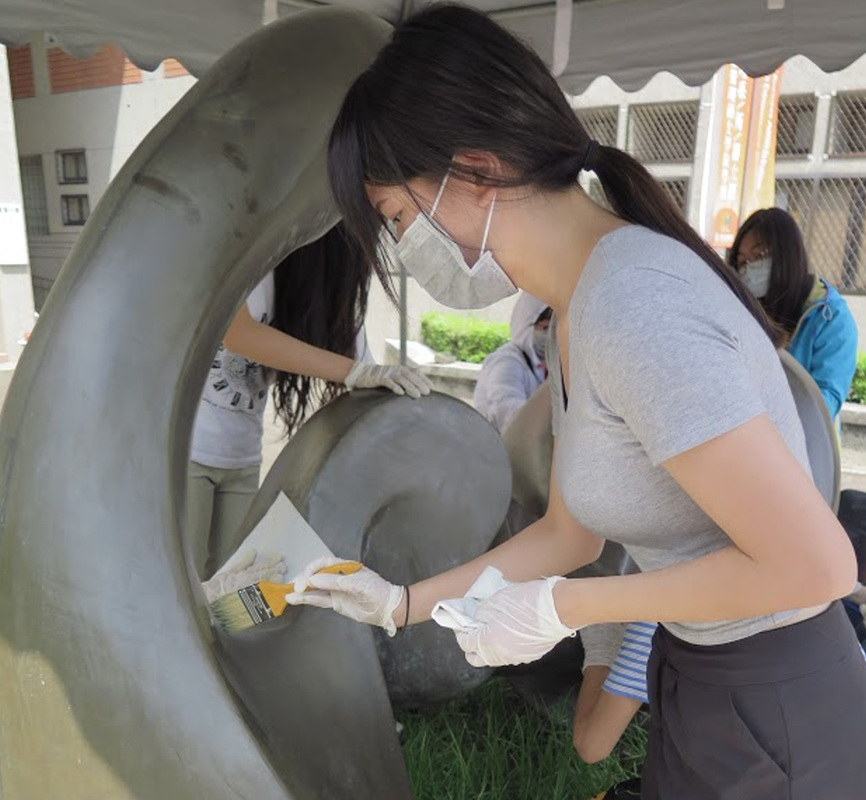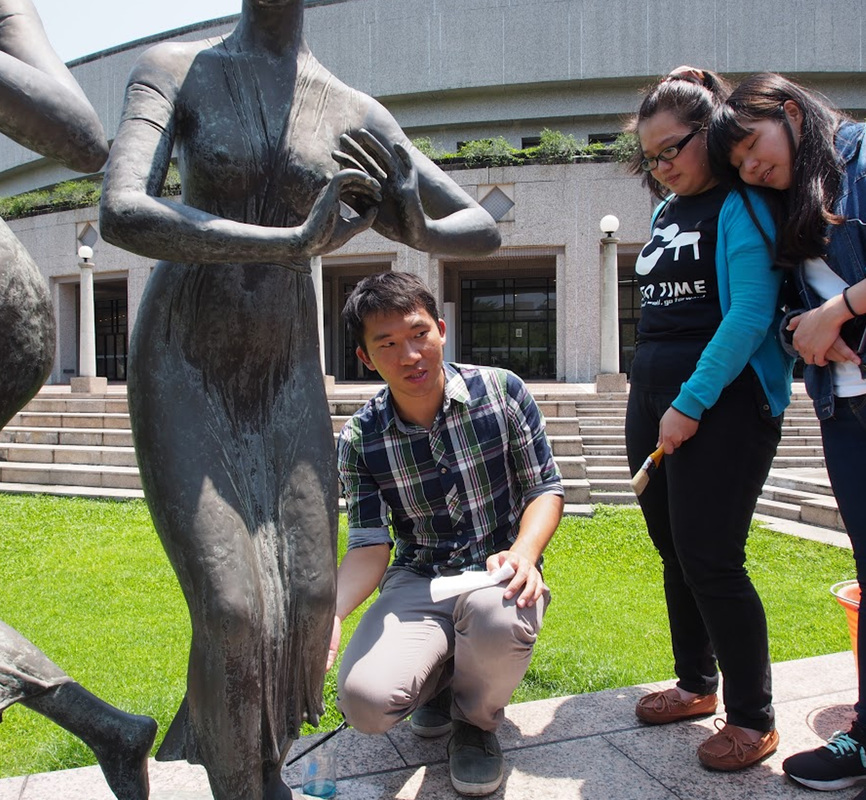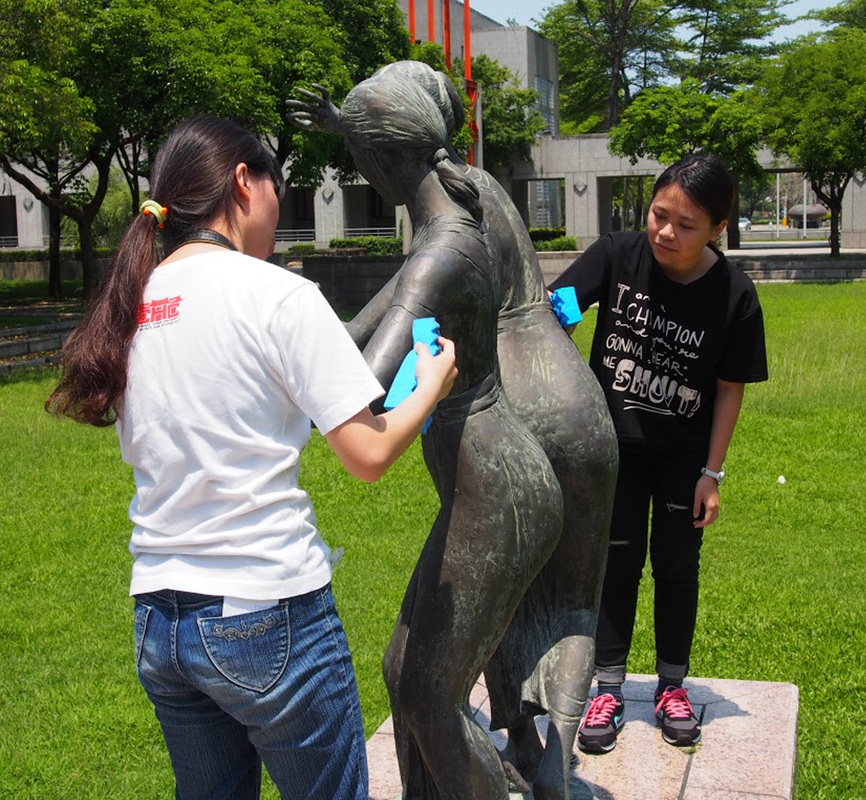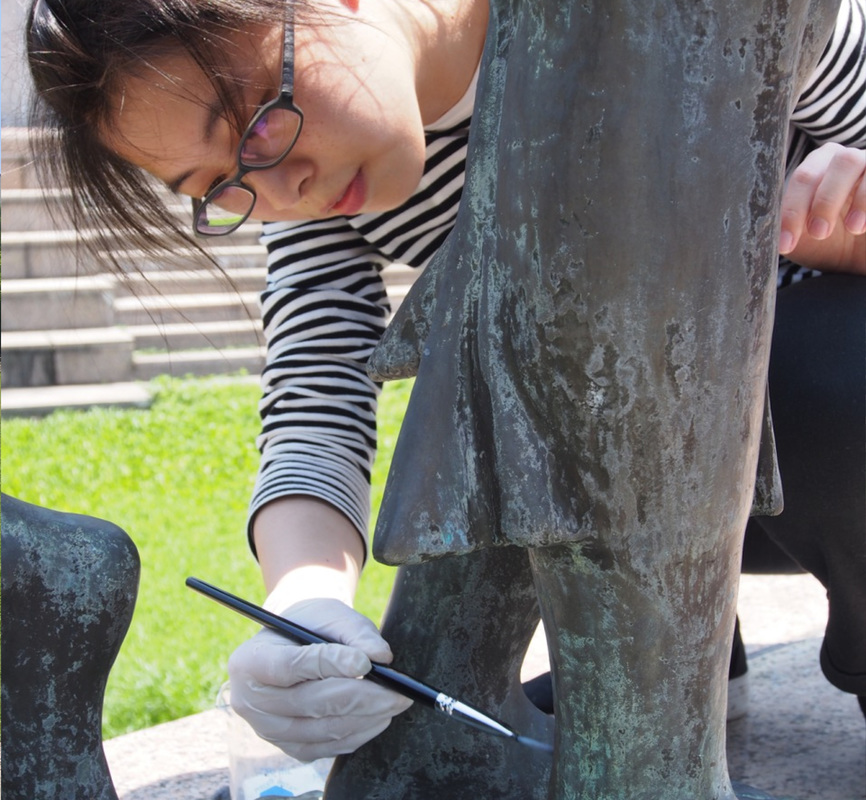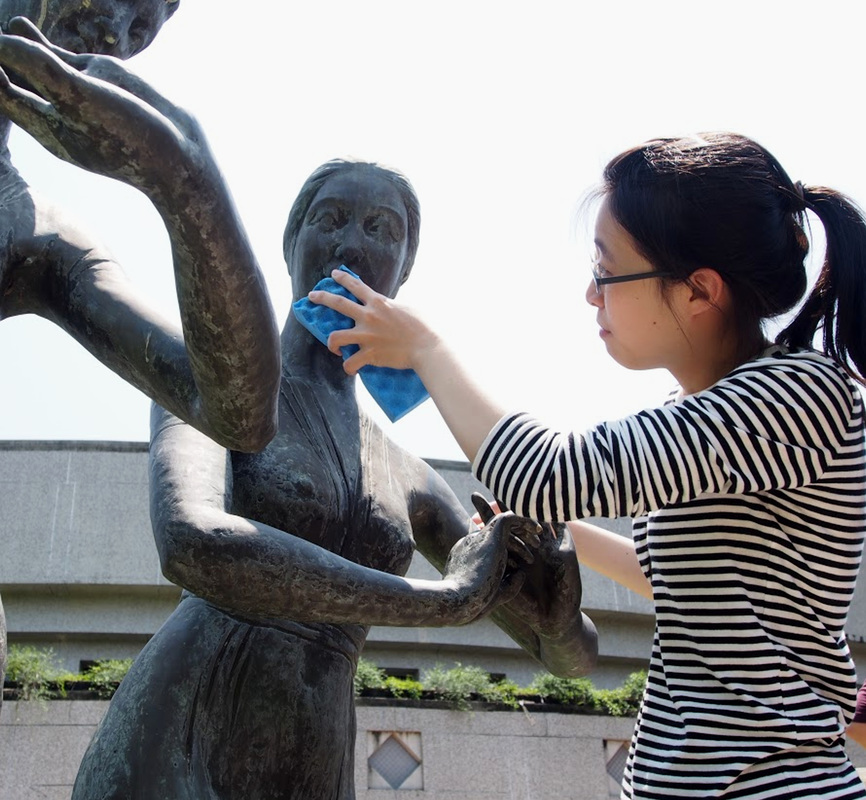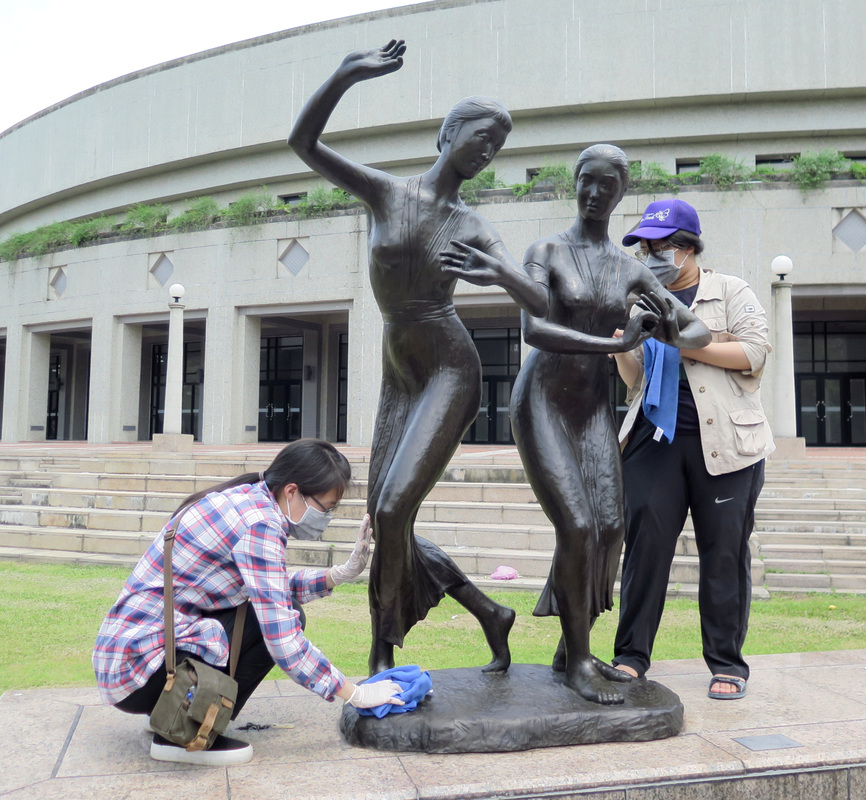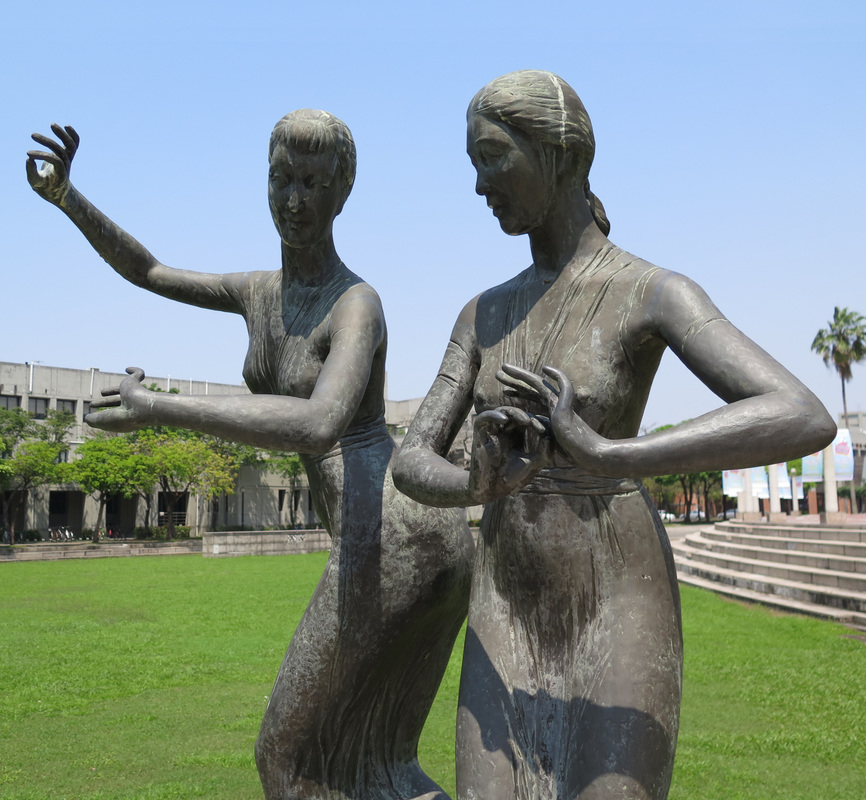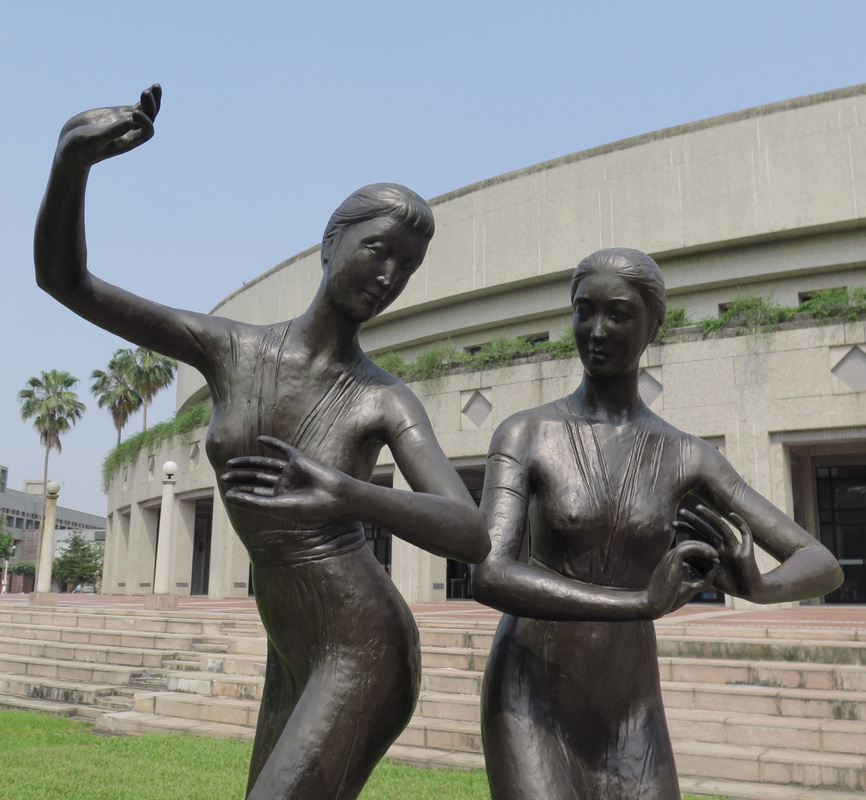What is Conservation-Restoration?
Conservation embraces many kinds of materials and types of artefact - including paintings conservation, book and paper conservation, stone and building conservation, archaeological conservation, museum conservation, and furniture conservation. In addition there are textile conservators, picture frame restores, clock and watch restorers and conservators of scientific instruments. Private sector ceramics restorers form a sub-set of the conservation community with a tradition of restoration to a higher level of perfection than is usual in the museum world.
Courses Offered
The school offers both Bachelor's and Master's programs*. At Bachelor's level students may specialise in conservation of portable cultural heritage after their second year. At master degree level students can specialise directly on entry.
*Update - In September 2016 the teaching program will be expanded to include a two-year Master of Arts in Conservation taught in English.
- Archaeological and Museum Objects
- Chinese Painting and Works of Art on Paper
- Polychrome Sculpture
- Textile Conservation
Students may take courses related to more than one specialisation but are expected to focus their studies more closely into one area after the first year.
Teaching
The teaching of Conservation-Restoration broadly follows similar programs in Europe, North America and Australia. The curriculum is similar to that advocated by the European Network for Conservation-Restoration Education (ENCoRE) and the European Confederation of Conservator-Restorers’ Organisations (E.C.C.O.).
Theoretical training and education includes the following subjects:- History of art and civilisations (including archaeology)
- Methods of research and documentation
- Knowledge of technology and materials
- Conservation theory and ethics
- Conservation-restoration history and technology
- Chemistry, biology and physics of deterioration processes and of conservation methods
There is a strong emphasis on practical work at both Bachelor's and Master's level. This practical work can be anything that is not sitting in a lecture theatre or reading a book, but where a student engages in supervised activities either individually or as part of a group. Such activities may include:
- Preparing conditions reports
- Exercises in sampling and analysis
- Non-interventive conservation (e.g. preventive conservation)
- Risk assessment
- Environmental monitoring and control
- Internships
- Dissemination of knowledge (oral presentations, conferences, workshops, poster presentations, etc.)
There are two semesters per academic year - running from September until late January (Chinese New Year) and from late February until the end of June. Bachelor's students are required to undertake one internship between the second and third semesters of their study. Master's students are required to undertake two placements with a recognised conservation studio in each of their summer vacations.
Conservation Science
Students can choose to specialise in conservation science and the school has its own dedicated conservation science laboratories.Analytical equipment includes:
- SEM/EDX
- XRD
- FTIR
- Micro-Raman Spectrometry
- GC-MS
- TG/DSC
- digital X-radiography
- 3D optical microscope )
Collaborations and Projects
- the National Museum of Natural Science (Taichung);
- the Lin Liu-Hsin Puppet Theatre Museum (Taipei);
- the Department of Conservation, University of Gothenburg (Sweden).
Alumni
Several of our Master's students have gone on to pursue successful careers in the conservation of museum objects - either in national museums, regional conservation laboratories or in private practice. Currently, one of our Bachelor graduates is studying for an MA in the Conservation of Archaeological and Museum Objects at Durham University (UK).
